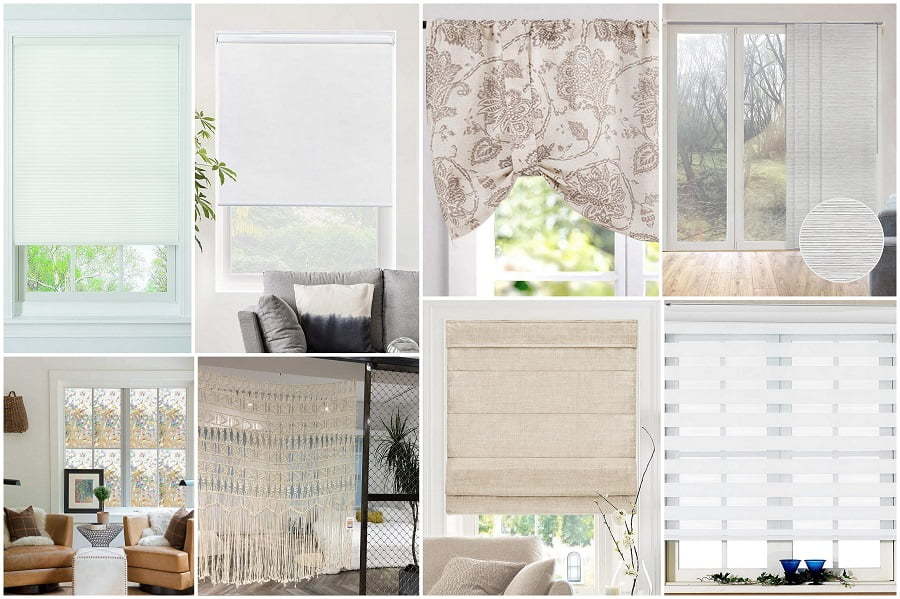Last updated on
Transform your garden watering routine with these budget-friendly and unique alternatives to traditional hoses — each with its advantages and disadvantages.
Maintaining an outdoor space can be pretty expensive, especially when watering plants and maintaining lawns. Garden hoses are often considered the go-to option for watering plants, but they can be costly and not always practical.
In this article, I will share 15 garden hose alternatives that are both budget-friendly and effective in keeping your outdoor space lush and green.
So grab a cup of coffee and dive into these creative ideas!
Soaker Hose
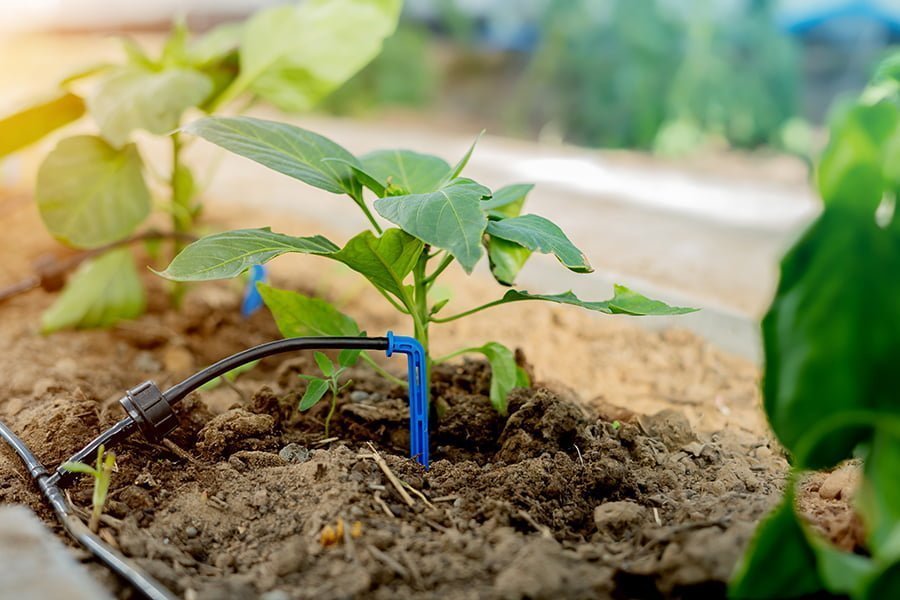
One of the most popular garden hose alternatives is the soaker hose. This type of hose is made from a porous material that allows water to seep slowly and evenly along its entire length.
The main advantage of using a soaker hose is that it delivers water directly to the roots of your plants, reducing evaporation and waste. It also helps prevent soil erosion by distributing water evenly across your garden bed.
However, there are some disadvantages to using a soaker hose as well. For one thing, they can be prone to clogging if not properly maintained or used with hard water sources containing high levels of minerals or sediment.
They may also require higher pressure than traditional hoses for them to work effectively.
Despite these drawbacks, many home decorators find that incorporating a soaker hose into their outdoor decor can help create an eco-friendly and sustainable environment while saving money on watering costs over time.
Drip Irrigation System
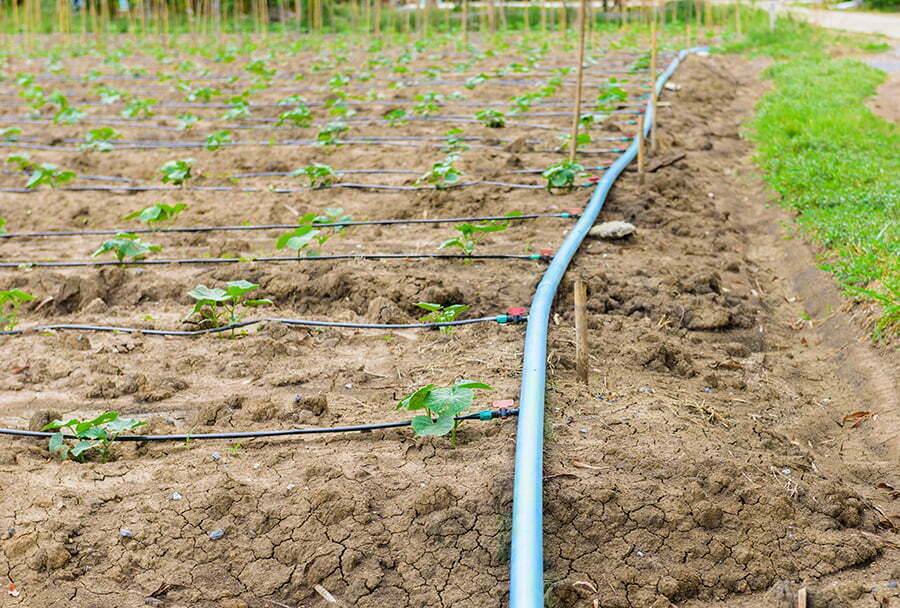
A drip irrigation system is one of the most efficient alternatives to a garden hose. This method involves using small tubes or pipes with tiny holes that allow water to slowly drip onto the soil around your plants’ roots.
The advantages of this system are numerous: it conserves water by delivering it directly where it’s needed, reduces weed growth, and prevents soil erosion.
Because the water is delivered slowly over time, there’s less risk of overwatering or underwatering your plants. Drip irrigation systems can also be automated with timers and sensors for even more convenience.
However, setting up a drip irrigation system can be more expensive than buying a garden hose. It requires some planning and installation work upfront but will save you money in the long run on both your utility bill and plant replacement costs due to improper watering techniques.
If you’re looking for an eco-friendly way to keep your plants healthy without breaking the bank on utility bills or new plant purchases every season – consider investing in a drip irrigation system!
Rain Barrel With Spigot

One of the most popular alternatives to a garden hose is a rain barrel with a spigot. This option allows you to collect and store rainwater, which can then be used for watering your plants and lawn (or its alternatives).
The advantages of using a rain barrel include saving money on water bills, reducing your environmental impact by conserving water resources and providing natural nutrients for your plants.
However, there are also some disadvantages to consider when using this alternative. First, it may not provide enough water during dry spells or periods of low rainfall.
If not properly maintained or covered with mesh netting to prevent debris from entering the barrel’s opening (which could lead to clogging), it can become a breeding ground for mosquitoes.
Overall though, utilizing a rain barrel with a spigot is an eco-friendly way that homeowners can save money while still maintaining their gardens’ health without relying solely on traditional hoses or sprinkler systems.
Watering Can

A watering can is one of the most classic and budget-friendly alternatives to a garden hose. This traditional tool has been used for centuries and is still an excellent option for small gardens or potted plants.
The main advantage of using a watering can is having more control over the amount of water you’re pouring. You can easily adjust the flow by tilting the spout up or down, which makes it ideal for delicate plants that require precise amounts of water.
Another benefit is that watering cans are portable and easy to store. They don’t take up much space, so you can keep them in your shed or garage without any hassle.
However, one disadvantage is that they have limited capacity compared to hoses. If you have a large garden with many plants, refilling your watering can multiple times may become tedious and time-consuming.
If you’re looking for an affordable alternative to hoses with greater precision when it comes to planting care – then consider investing in a good quality watering can!
Sprinkler System

One of the most popular alternatives to a garden hose is a sprinkler system. A sprinkler system can be installed underground or above ground and easily cover large areas.
The advantage of using a sprinkler system is that it saves time and effort, as you don’t have to water your plants every day manually. It provides consistent watering, which helps in maintaining healthy plants.
However, there are also some disadvantages to using a sprinkler system. Firstly, they require installation, which may involve digging up parts of your lawn or garden bed which could be costly and time-consuming.
Secondly, they use more water than other alternatives, such as drip irrigation systems, since they spray water over larger areas, including non-plant surfaces like sidewalks or driveways.
If you have a large lawn area that needs regular watering, then installing an underground or above-ground sprinkler system might be worth considering despite its initial cost and higher water usage compared to other options available for gardening enthusiasts on budget constraints who want stunning decor without breaking the bank!
Bucket and Sponge Method
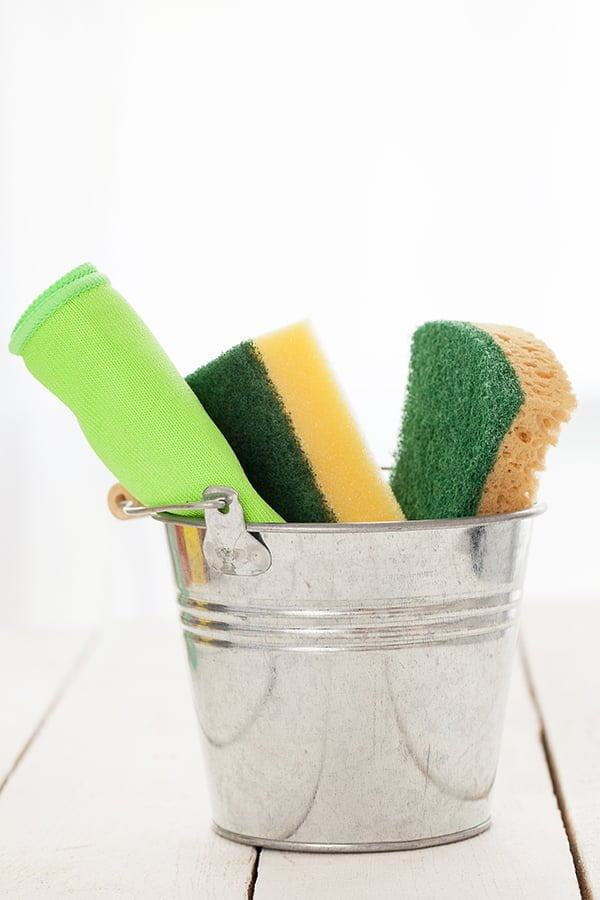
One of the simplest and most cost-effective alternatives to a garden hose is the bucket and sponge method. You only need a large bucket filled with water, a sponge or rag, and some elbow grease.
This method works well for small gardens or potted plants that require occasional watering.
The advantages of this method include its affordability, portability, and ease of use. You can easily carry the bucket around your garden without worrying about tangled hoses or limited reach.
Using a sponge allows you to control how much water each plant receives while avoiding overwatering.
However, there are also some disadvantages to consider when using this method.
- It may not be practical for larger gardens as it would take too long and become a time-consuming task if done regularly in bigger areas;
- Carrying heavy buckets could cause strain on your back muscles;
- Sponges can harbor bacteria which could harm plants if not cleaned properly after every use.
Overall though, this simple yet effective technique provides an excellent alternative solution for those who want to save money while still maintaining their beautiful outdoor space!
Handheld Spray Bottle
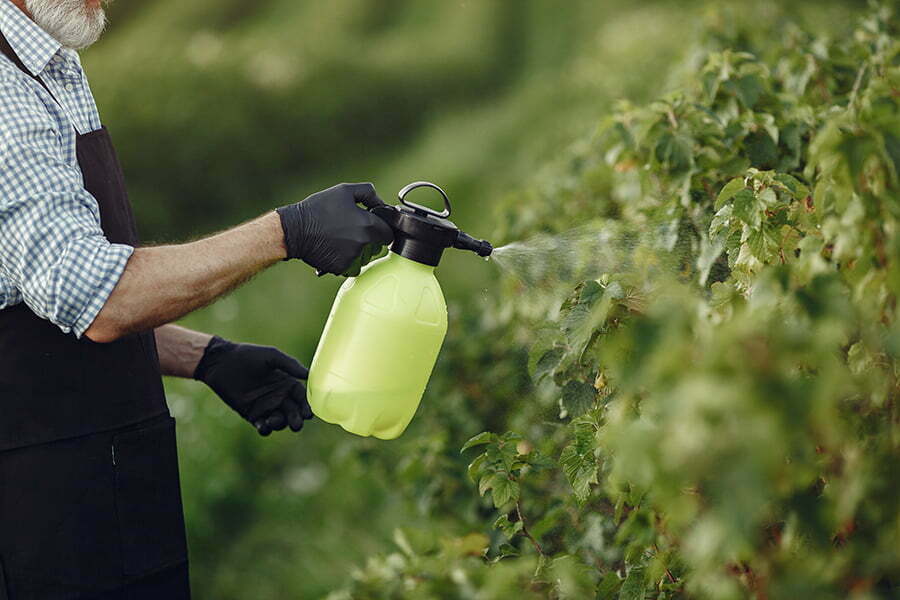
One of the simpler and one of the most affordable alternatives to a garden hose is a handheld spray bottle. This option is perfect for small gardens or potted plants that require occasional watering.
Handheld spray bottles are easy to use, lightweight, and portable, making them ideal for watering plants without dragging around heavy equipment.
One advantage of using a handheld spray bottle is that it allows you to control the water your plants receive more precisely than with a garden hose. You can adjust the nozzle settings on most models from misting to the jet stream, depending on your plant’s needs.
However, one disadvantage of using this method is that it can be time-consuming if you have many plants or large areas needing watering. Some people may find holding down the trigger button tiring after extended periods.
Overall though, if you’re looking for an inexpensive way to keep your indoor or outdoor greenery hydrated while also having complete control over how much water they get, then consider investing in one!
Water Bladders (Bags)
Water bladders/bags are a great alternative to traditional garden hoses. They are durable and can hold up to 100 gallons of water, making them perfect for watering large gardens or lawns.
One advantage of using water bladders/bags is that they take up very little space when not in use, which makes them easy to store. They do not kink or tangle as traditional hoses do.
However, some disadvantages are associated with using water bladders/bags as a garden hose alternative. Filling the bag can be time-consuming and requires access to a nearby water source, such as an outdoor faucet or rain barrel.
Also, because the bags need to be filled manually rather than being connected directly to your home’s plumbing system like regular hoses do, it may take longer to get enough pressure from the bladder compared with what you would get from your regular hosepipe.
Despite these drawbacks, if you’re looking for an affordable way to help keep your plants hydrated without having any storage issues, then investing in a high-quality water bladder/bag could be just what you need!
Recycled Greywater Systems
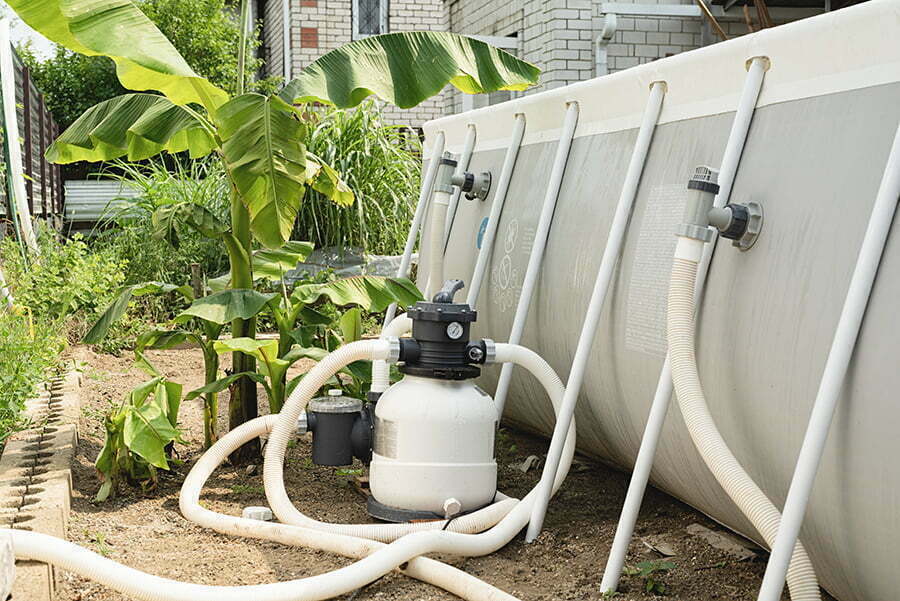
Recycled greywater systems are an eco-friendly alternative to using a garden hose. These systems collect and filter water from sinks, showers, and washing machines for reuse in watering plants or cleaning outdoor surfaces.
The advantages of recycled greywater systems include reducing water waste and lowering utility bills by reusing water that would otherwise go down the drain.
However, it’s important to note that not all household products can be safely used with these systems, so careful consideration must be taken when choosing which products to use in your home.
Proper maintenance is crucial for ensuring the system functions effectively without causing health hazards or unpleasant odors.
Water Wand (Long-handled Nozzle)
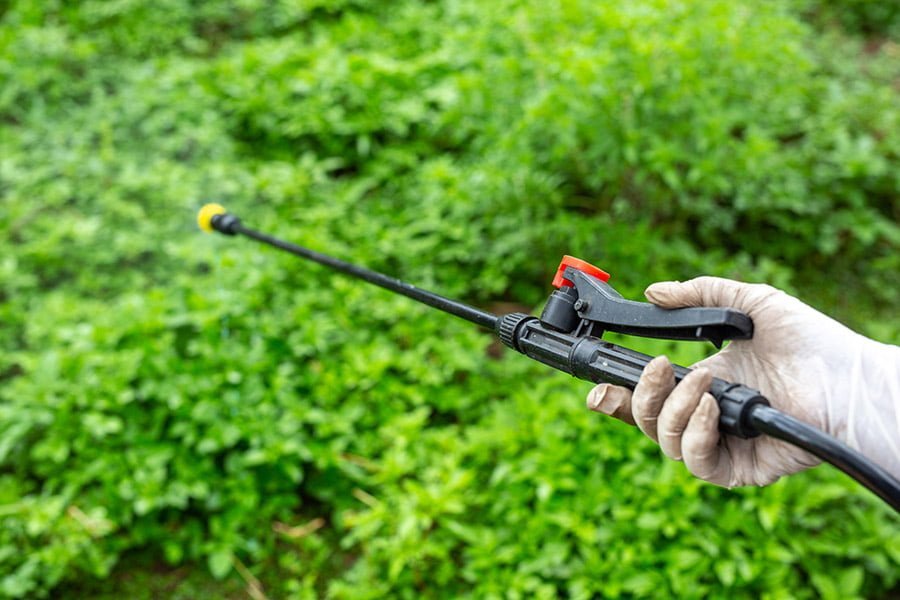
A water wand or long-handled nozzle is one of the most popular alternatives to a traditional garden hose. These tools are designed to provide targeted watering for plants and flowers without wasting water in areas that don’t need it.
Advantages:
- Water wands and long-handled nozzles allow you to control the water flow more precisely than a regular hose.
- They can help reduce overall water usage by directing the stream where it’s needed most.
- Many models come with adjustable settings, so you can switch between misting, showering, and jet streams depending on your plants’ requirements.
Disadvantages:
- Depending on your chosen model, these tools may be more expensive than a basic garden hose.
- Some people find them less comfortable using over extended periods due to their longer length and heavier weight than standard hoses.
Overall, they are an excellent alternative for those who want precise watering control in their gardens while still being budget-friendly.
Self-watering Planters
Self-watering planters or pots are a great alternative to traditional garden hoses, especially for those with busy schedules who cannot regularly water their plants. These planters come with a reservoir that holds water, which is then slowly released into the soil through capillary action.
This ensures that your plants receive just the right amount of moisture they need without overwatering them.
One advantage of self-watering planters is that they help conserve water by reducing evaporation and runoff. They also prevent root rot caused by overwatering since excess water drains through an overflow hole at the bottom.
However, one disadvantage of these planters is their cost compared to regular pots or containers. Some may find it difficult to refill the reservoir without disturbing the roots or causing soil erosion in larger-sized containers.
Self-watering planters are an excellent option for those looking for low-maintenance gardening solutions while still keeping their plants healthy and thriving.
Automatic Watering Globes
Automatic watering globes are one alternative to using a garden hose for watering plants. These glass or plastic bulbs can be filled with water and inserted into the soil near the plant’s roots.
The globe slowly releases water as needed, keeping the soil moist without overwatering.
One advantage of using automatic watering globes is that they provide consistent moisture to plants, which can be especially helpful during hot summer months when plants require more frequent watering. They also eliminate the need for daily hand-watering, making them a convenient option for busy homeowners.
However, there are some disadvantages to consider before investing in these globes. For one thing, they may not work well with all types of plants or soils – some species prefer drier conditions and could become waterlogged if too much moisture is released from an automatic globe.
These devices do require regular refilling and cleaning to function properly over time. Left unattended between fillings or cleanings (especially during heavy rainfall), they could become clogged with dirt or debris and stop working altogether.
Overall though, if you’re looking for an easy way to keep your potted plants hydrated without having to monitor their soil levels yourself constantly, automatic watering globes might be worth considering!
Hydroponic Gardening
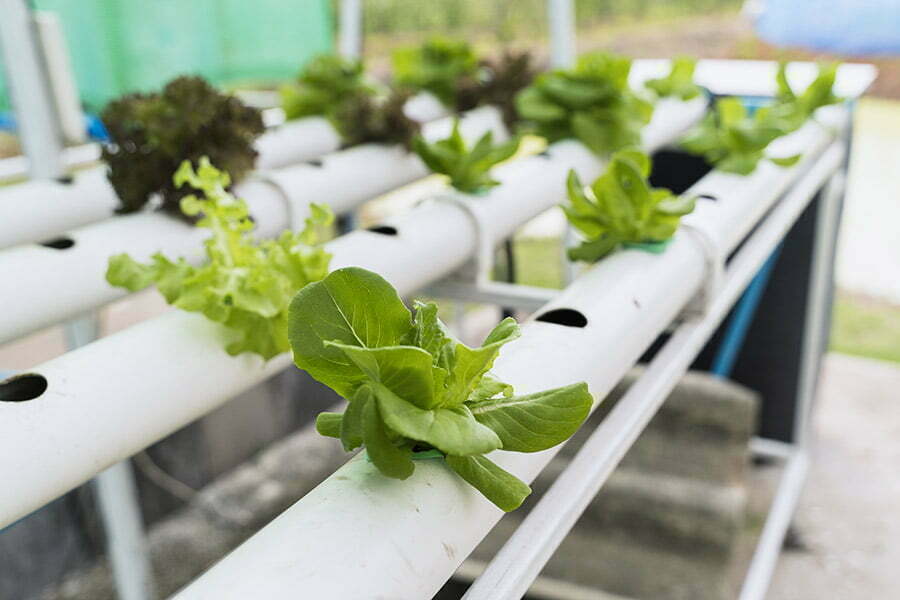
Hydroponic gardening is a unique and innovative way to grow plants without soil. Instead, the plants are grown in nutrient-rich water solutions that provide all the necessary nutrients for growth.
This gardening method has several advantages over traditional soil-based methods, including faster growth rates, higher yields, and less water usage.
One disadvantage of hydroponic gardening is that it can be more expensive to set up initially than traditional methods. However, the increased yield and reduced maintenance costs can offset this cost over time.
Hydroponics also requires careful monitoring of pH levels and nutrient concentrations in the water solution to ensure optimal plant growth. But with proper attention paid to these factors and adequate lighting conditions for photosynthesis, hydroponics can produce healthy crops year-round regardless of weather or seasonality constraints.
If you’re looking for an alternative way to garden using a garden hose alternative, hydroponics may just be what you need!
Ollas (Clay Pot Irrigation)
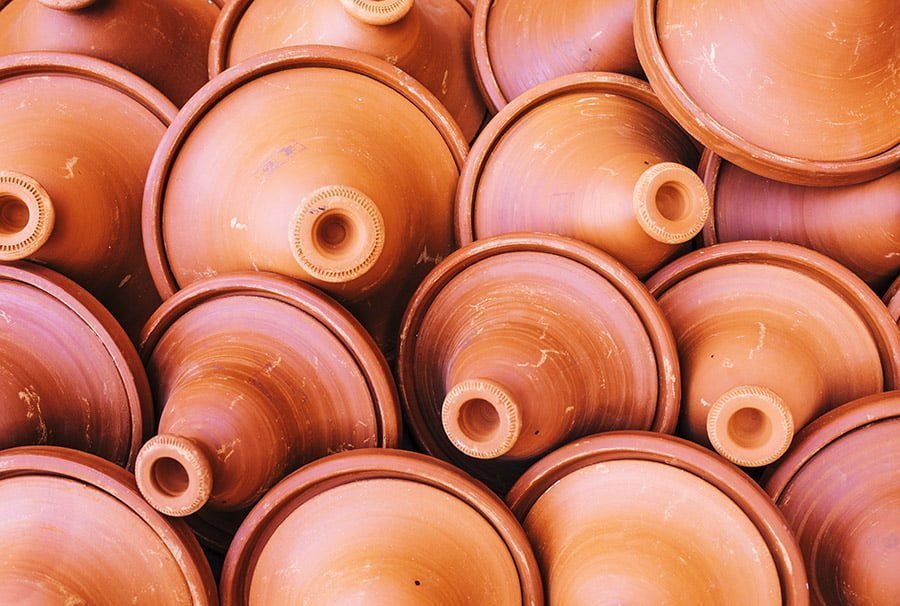
Ollas or clay pot irrigation is one of the most ancient and effective garden hose alternatives. This method involves burying unglazed terracotta pots in your garden beds, and slowly releasing water to the surrounding plants through their porous walls.
This technique has numerous advantages: it conserves water by reducing evaporation, prevents overwatering and root rot, promotes deep root growth, and requires minimal maintenance once installed.
However, there are also some disadvantages to consider before choosing this option. Firstly, it can be expensive to have a large garden as you will need multiple ollas for adequate coverage.
Secondly, they may crack during freezing temperatures if not removed from the soil beforehand. Lastly, but importantly some people’s tastes in decor — they might not fit everyone’s aesthetic preferences.
Overall though olla/clay pot irrigation is an excellent alternative to traditional hoses that can save money on your water bill while promoting healthy plant growth without much effort on your part!
Rain Gardens

Rain gardens are a beautiful and eco-friendly alternative to traditional garden hoses. These gardens are designed to capture rainwater runoff from roofs, driveways, and other hard surfaces.
The water is then filtered through the soil and plants in the garden before being absorbed into the ground or redirected back into storm drains.
One of the advantages of rain gardens is that they help reduce erosion by slowing down water flow during heavy rainfall events. They also provide a habitat for beneficial insects like bees and butterflies while reducing pollution in local streams, rivers, and lakes.
However, it’s important to note that creating a successful rain garden requires careful planning based on soil type, slope gradient, and drainage patterns around your home or property line. Also, maintaining these gardens can be time-consuming, especially during dry seasons when watering may be necessary.
Overall though, if you’re looking for an environmentally friendly way to manage excess water on your property while adding beauty at a low cost, then consider incorporating a Rain Garden!
Recap



